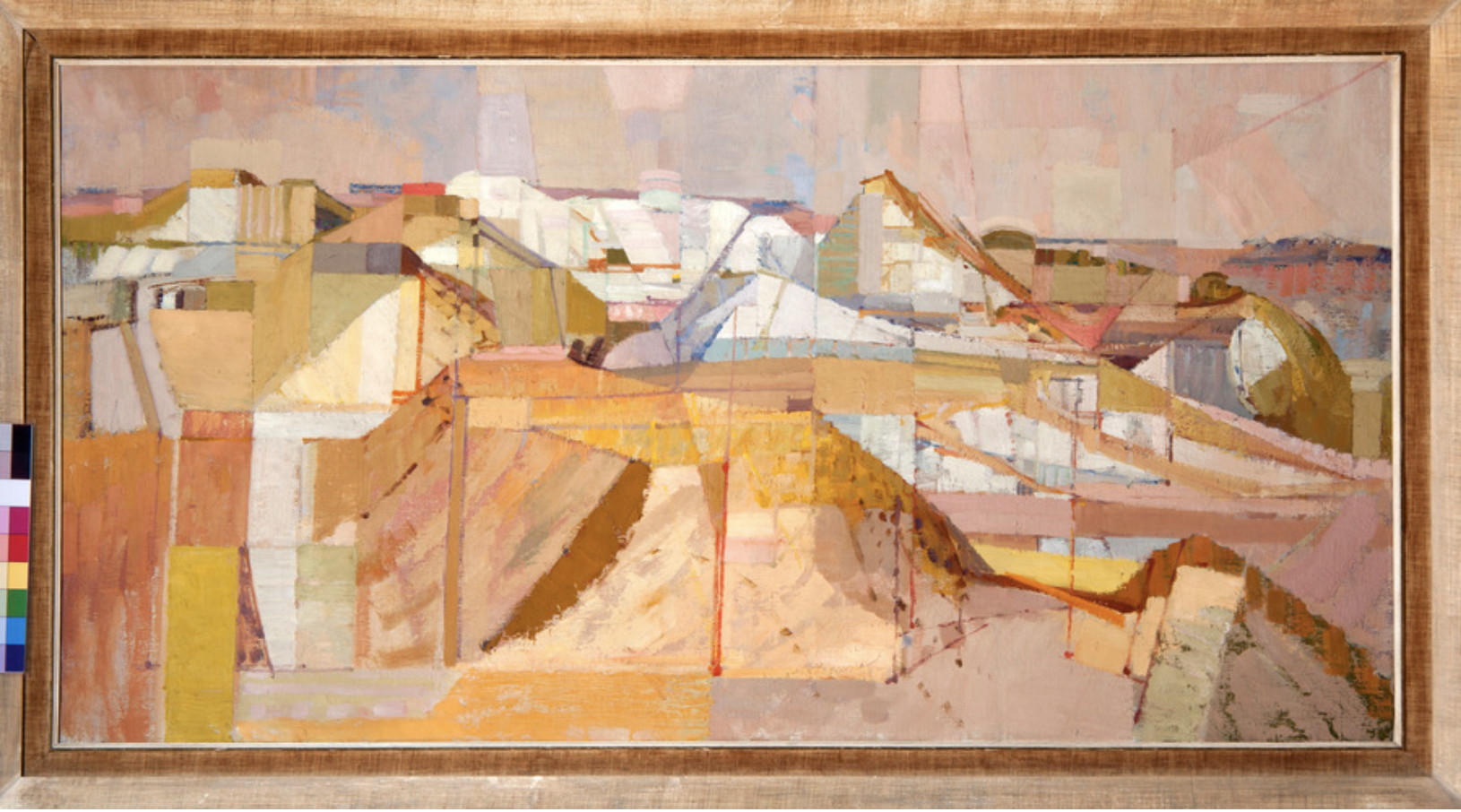News from Special Collections: The Maurice de Sausmarez Archive

In 2019 the Bridget Riley Art Foundation supported the acquisition of the archive of the artist and educator Maurice de Sausmarez (1915-69) by the University of Leeds Library Special Collections. With further support from the Foundation, in October 2022 we began a two-year project to catalogue the collection to make the material accessible for research, teaching and broader public engagement and support the legacy of this influential teacher and thinker.
De Sausmarez occupies a particularly important position in the histories of twentieth-century art education because, in addition to his practice as a painter, he wrote and spoke widely about the social importance of art and the cultivation of individual creative expression. His own art training had been traditional and academic: he attended Willesden School of Art from 1932-36 and went on to complete his studies at the Royal College of Art from 1936-39. In the year of his graduation from the RCA he was awarded the Annual Painting Prize and a Continuation Scholarship, which he was unable to take up as a result of the outbreak of war.
The curtailment of his postgraduate studies led to his first teaching position at King Edward VII Grammar School in Sheffield, before his return to Willesden School of Art in 1942. It was during this time that de Sausmarez began to question the prescriptive curriculum he had experienced first as a student and now as a teacher. He was committed to attending to the whole cultural life of the student, exposing them to dance, theatre and music in addition to the visual arts.
Following tenures at various London art schools, de Sausmarez was appointed Head of the School of Drawing and Painting at Leeds College of Art in 1947. Two years later he applied to join the new Department of Fine Art at the University of Leeds, which he went on to lead between 1951-59. A pivotal time both for his own professional life and for the development of art education in Britain, the archive illuminates de Sausmarez’s approach to the then new integration of fine art studio practice and history of art in a university context.
This extensive archive reveals Maurice de Sausmarez to be a crucial figure, embedded in an important network of artists, thinkers and groups who reshaped the cultural life of postwar Britain and beyond. Among his circle were the art critic and philosopher Sir Herbert Read and the art historian and sociologist Arnold Hauser, pioneering art educators Harry Thubron, Tom Hudson and Victor Pasmore and the visual artists Bridget Riley, Ben Nicholson, Henry Moore, Naum Gabo, Margaret Benyon and many others.
De Sausmarez’s practice of experimental and experiential education—open ended and for its own sake—contributed to a substantial shift in the ways in which art and design were taught from the middle of the last century onwards. Just as he looked to the past to inform his own thinking, we can look to de Sausmarez and his contemporaries for pedagogical models that are arguably more relevant and radical today than in their own time. His advocacy of creative education for all, capacity to synthesise different positions and intellectual generosity all inspire the approach to this body of work.
